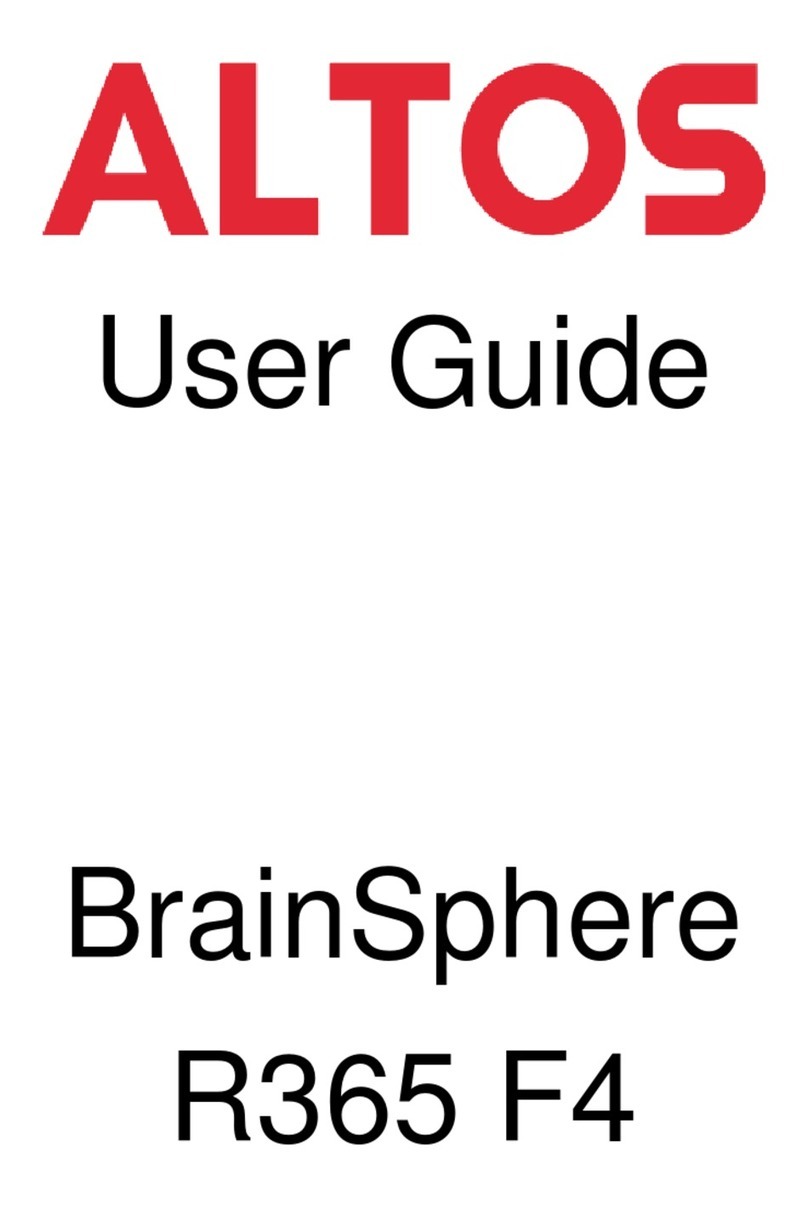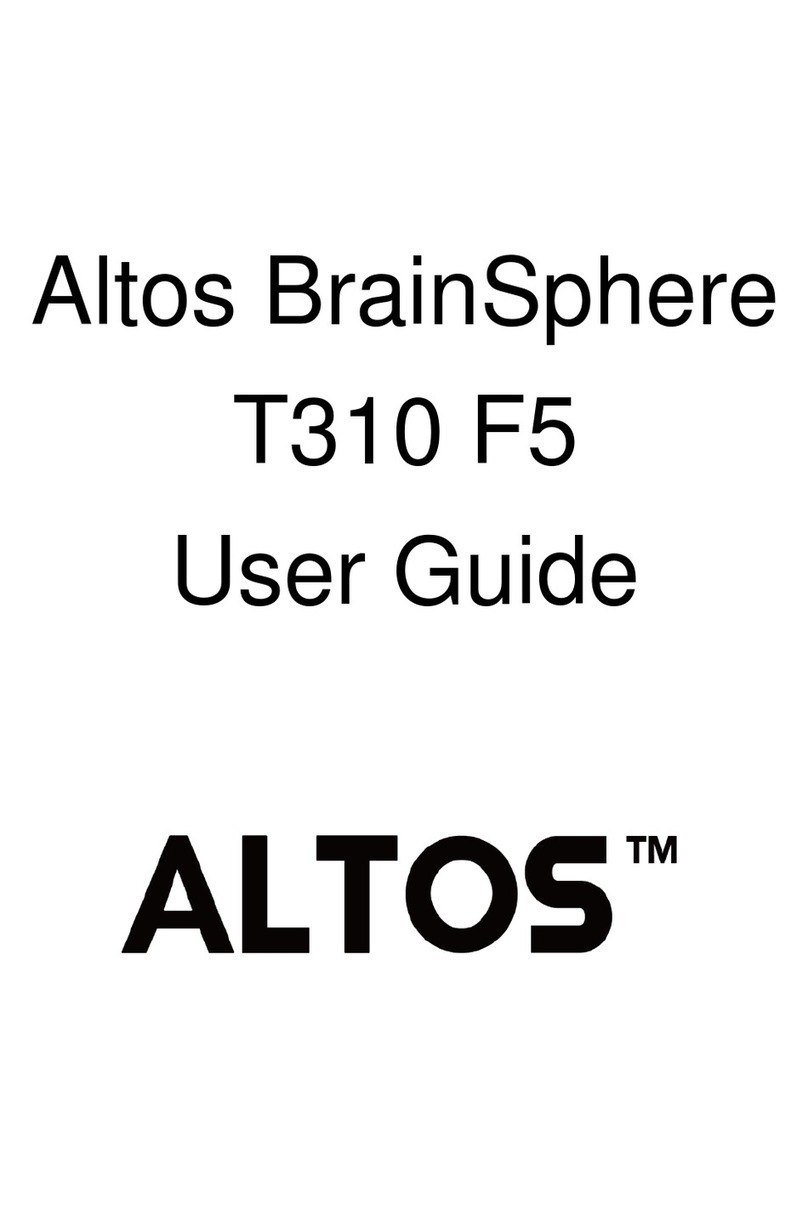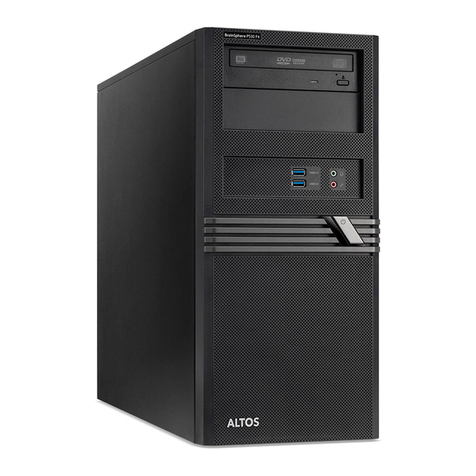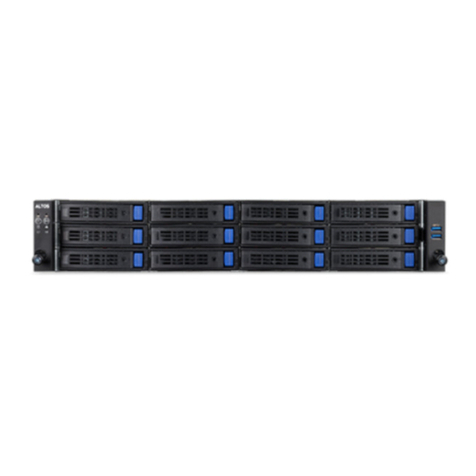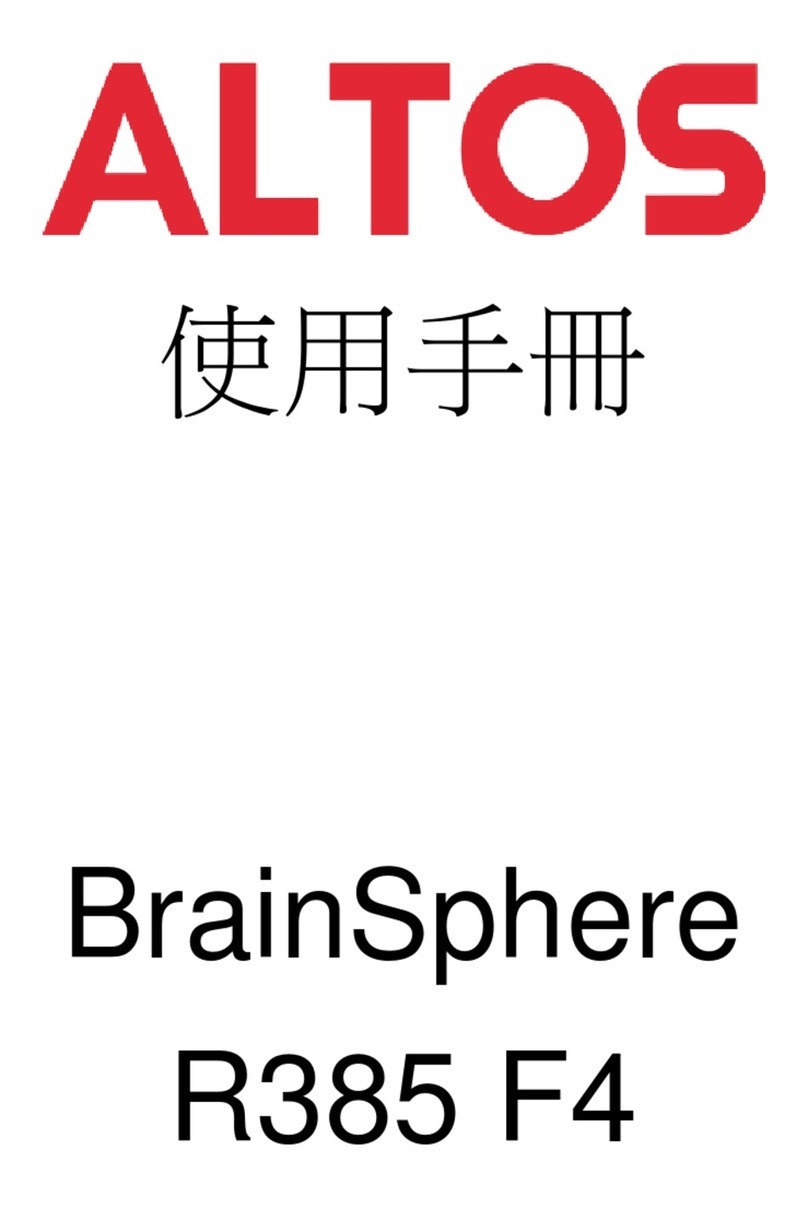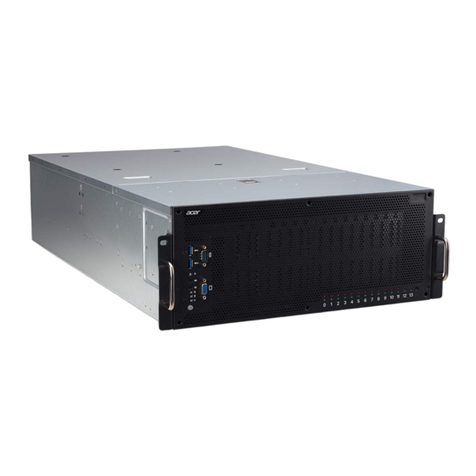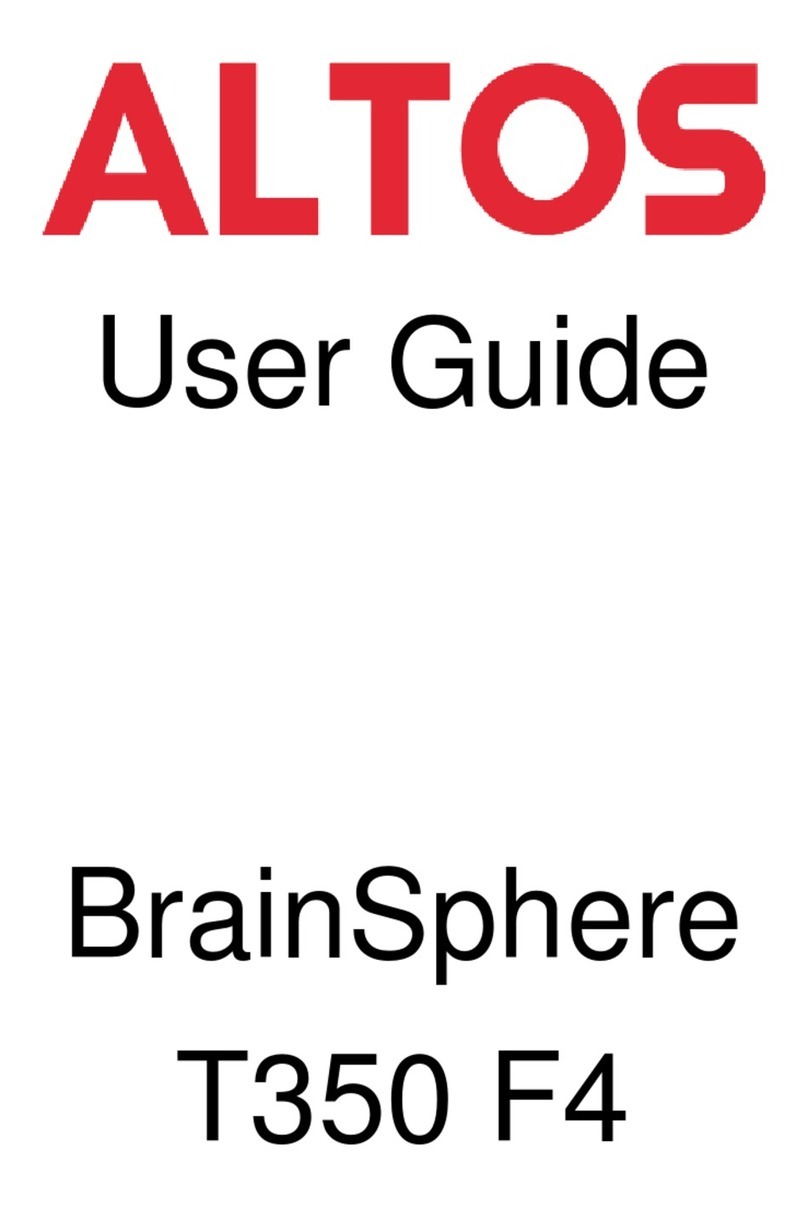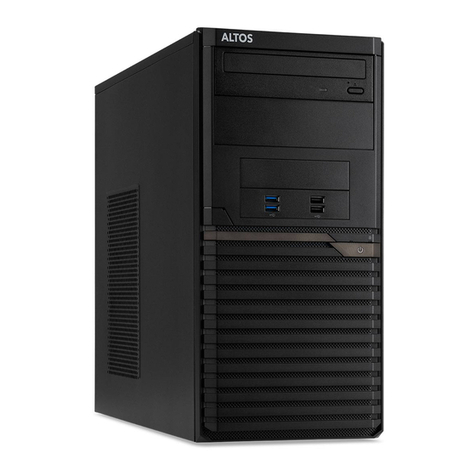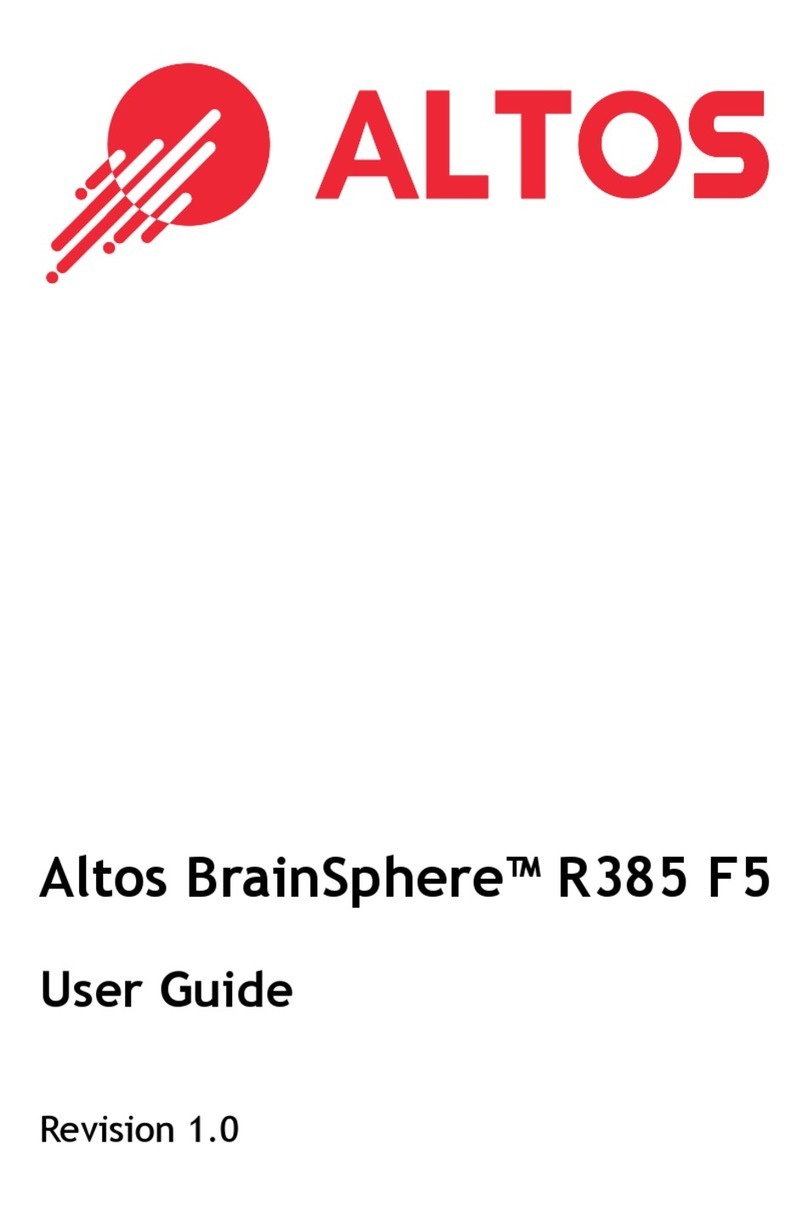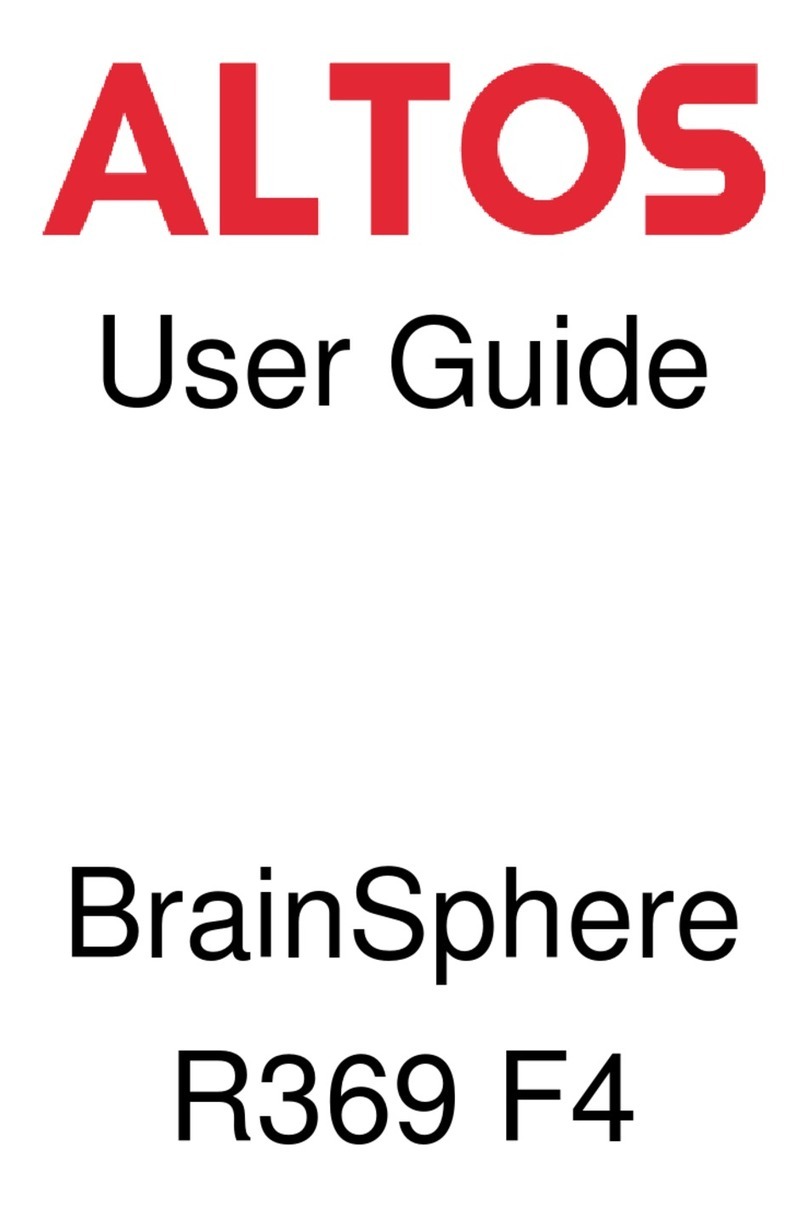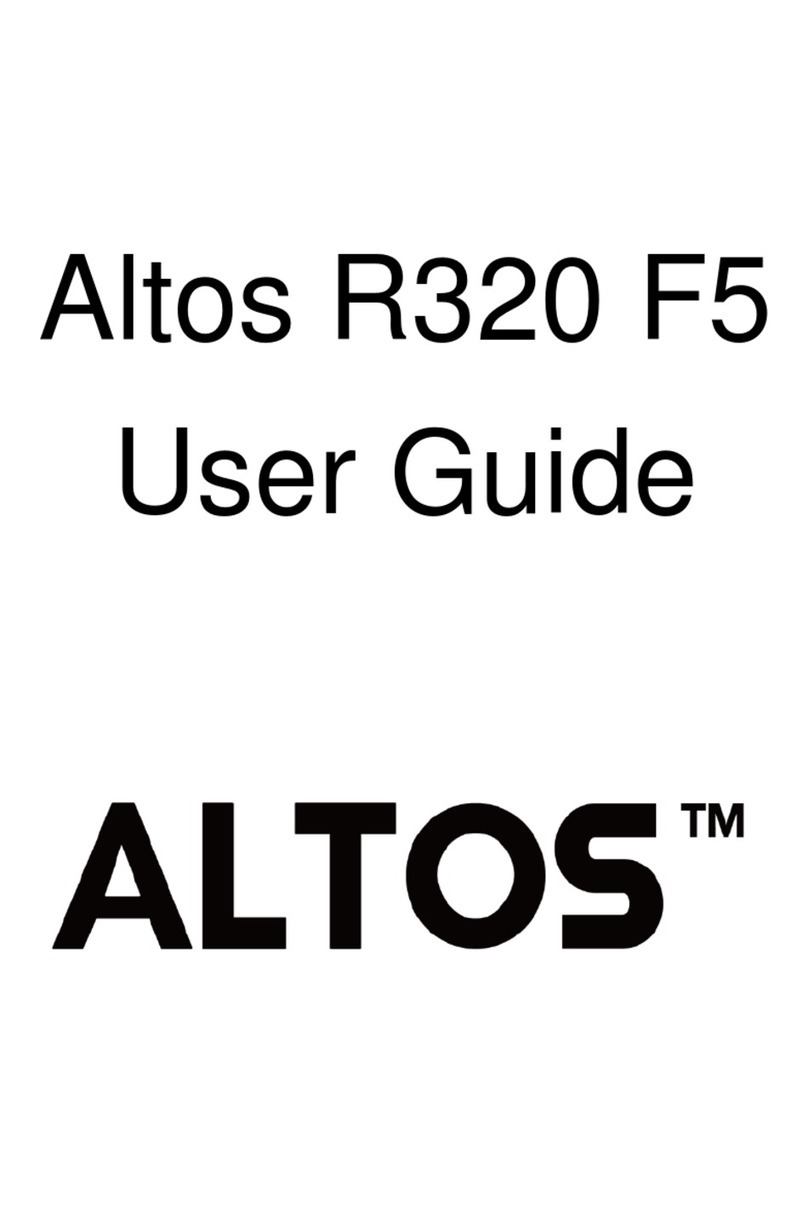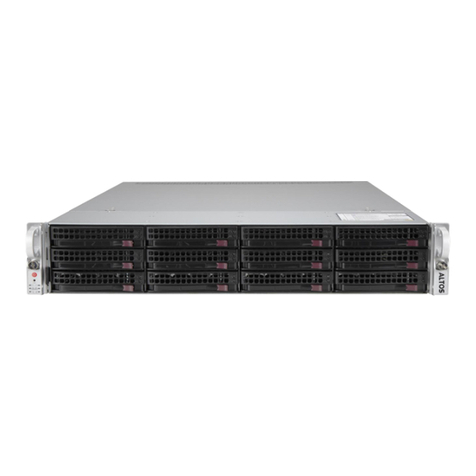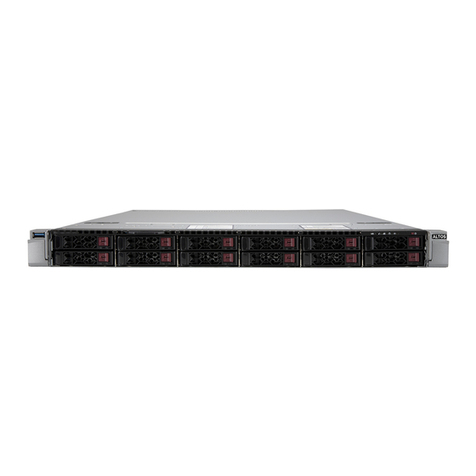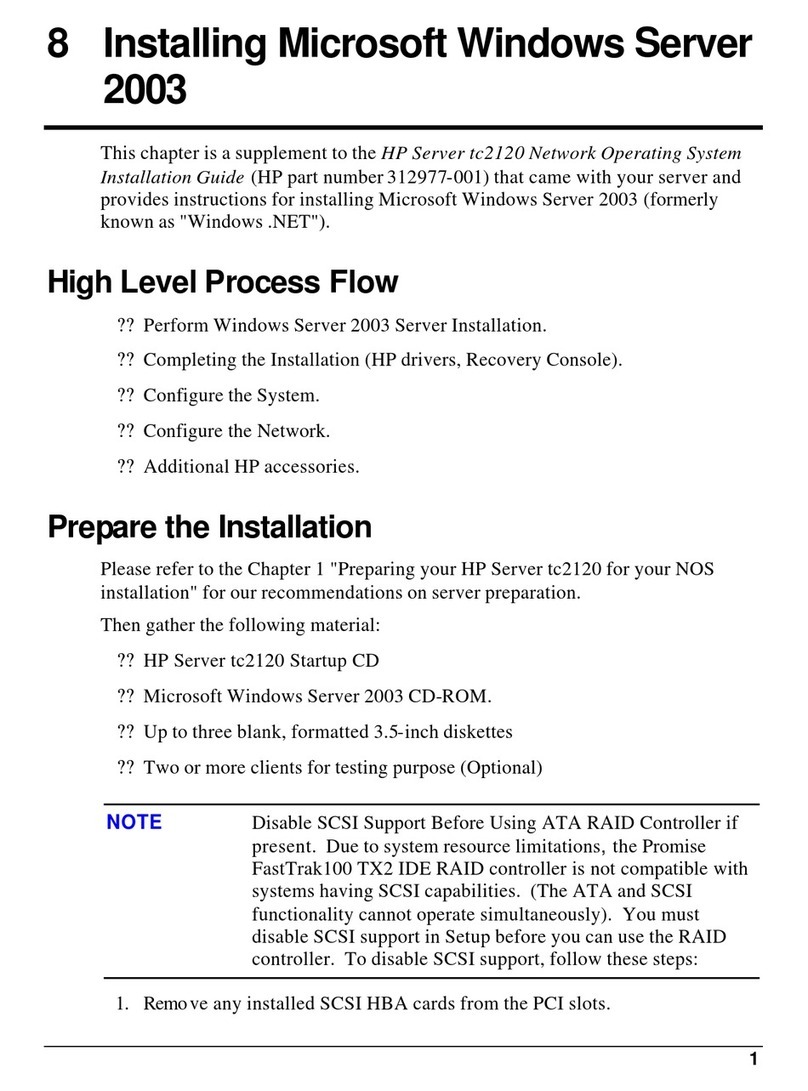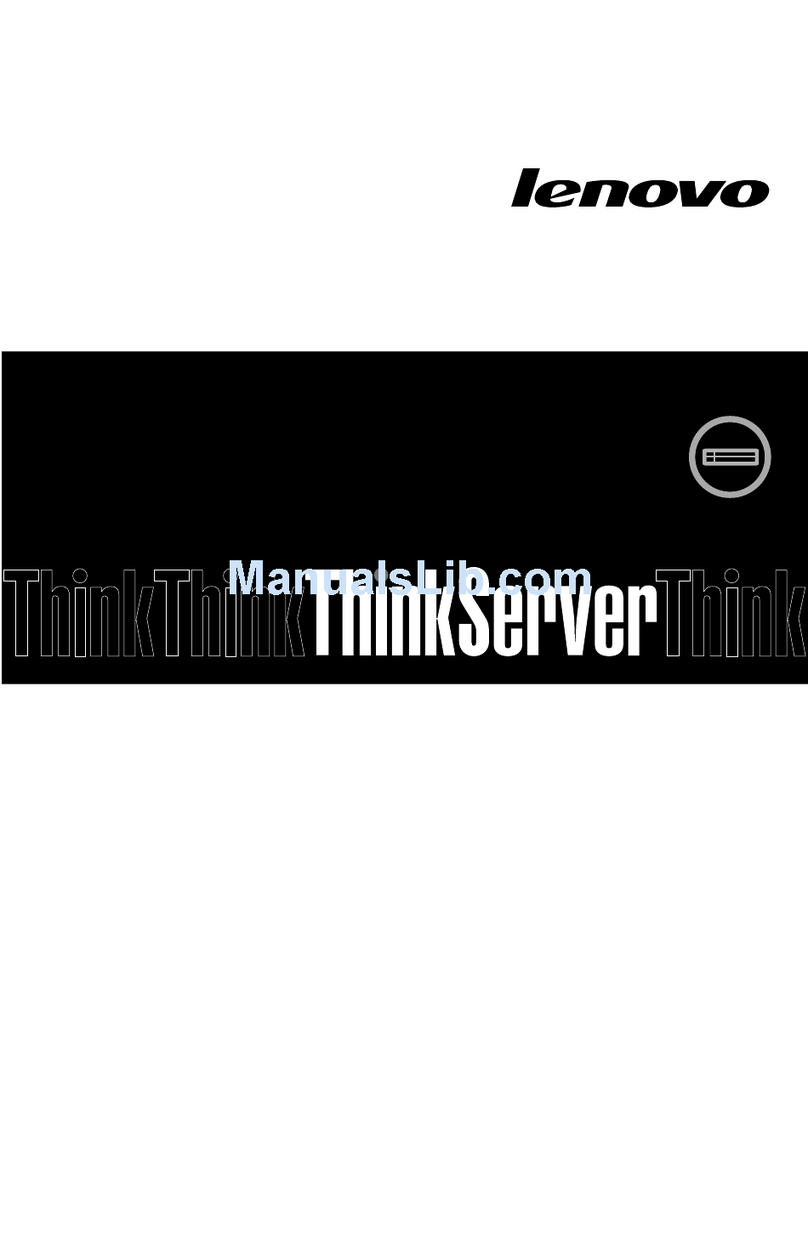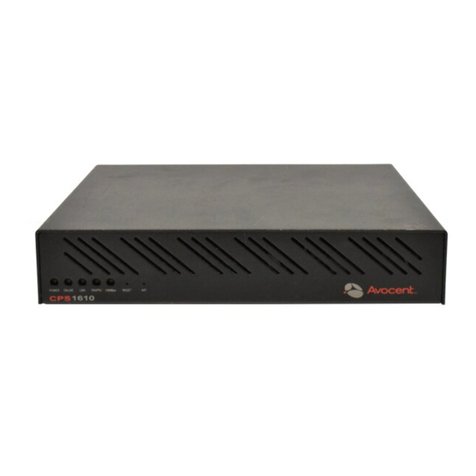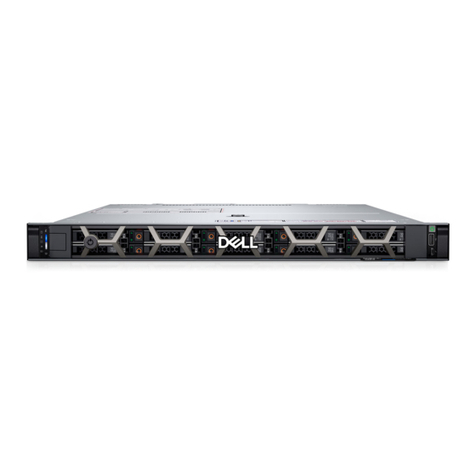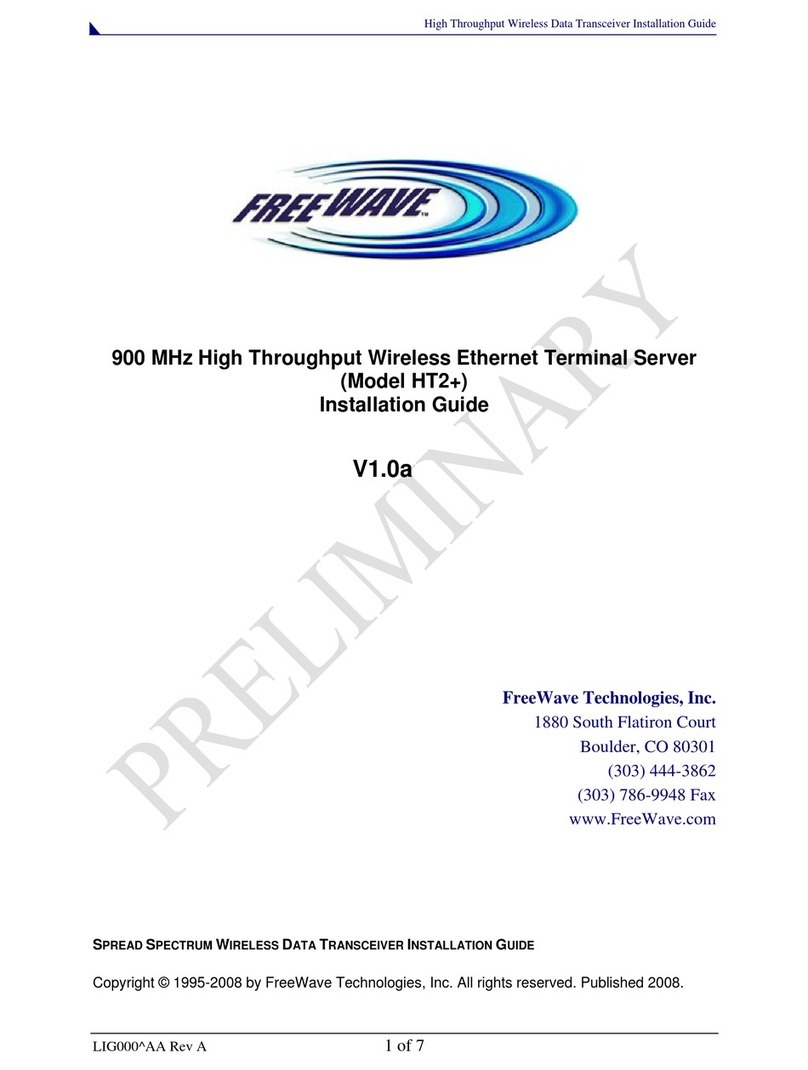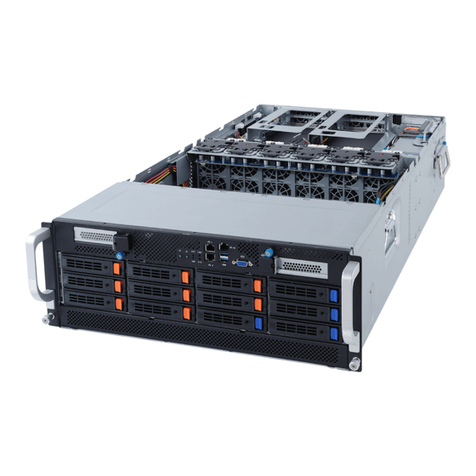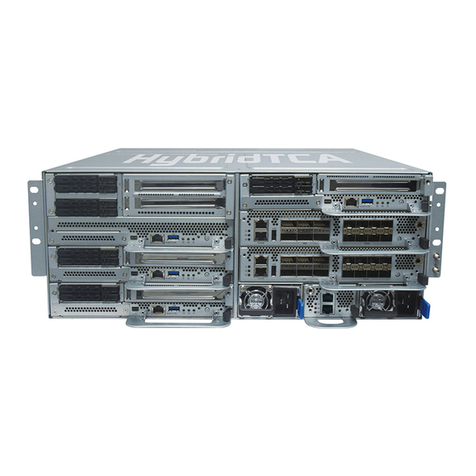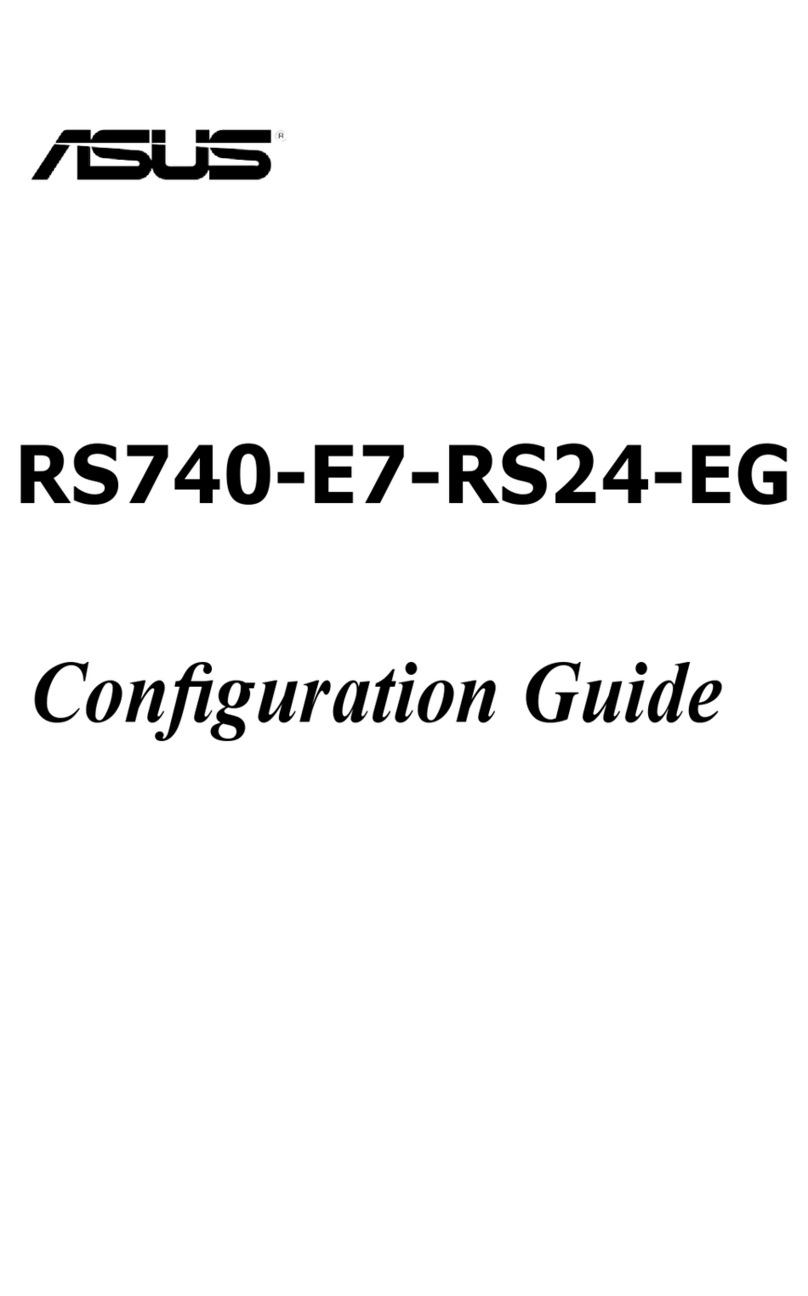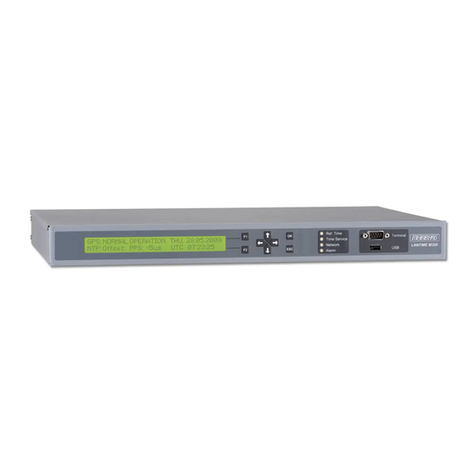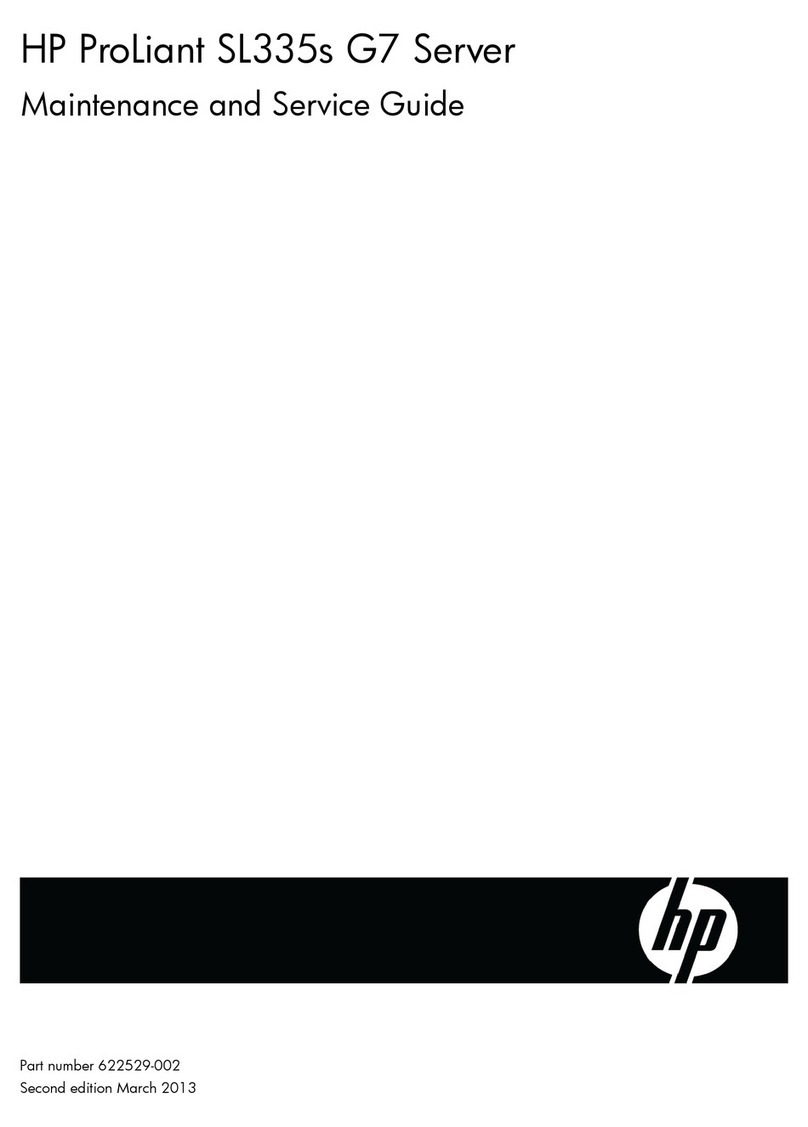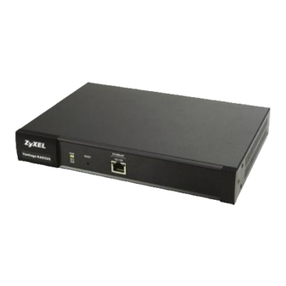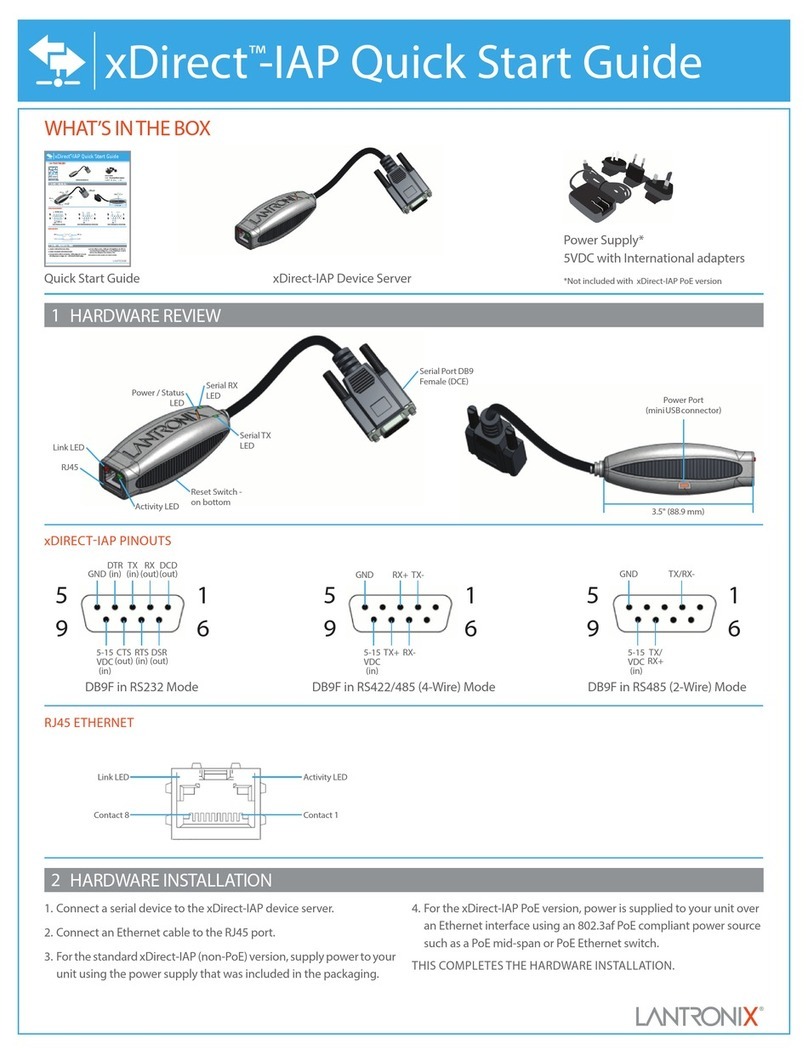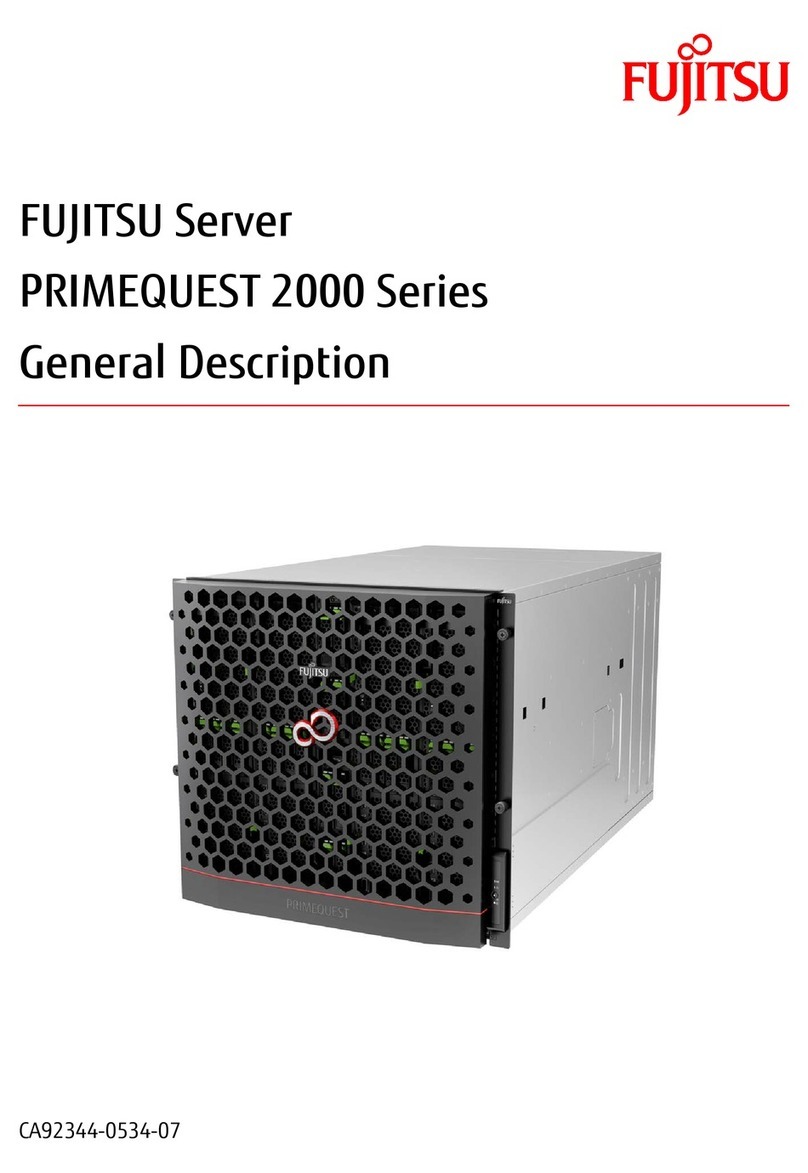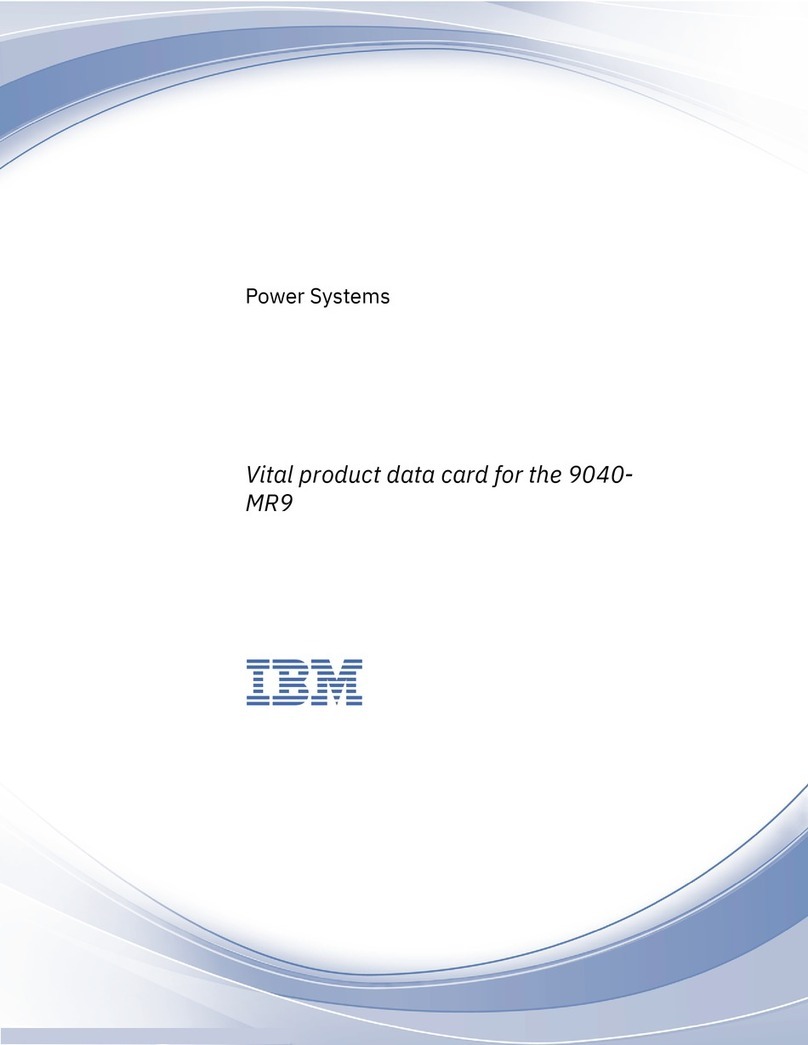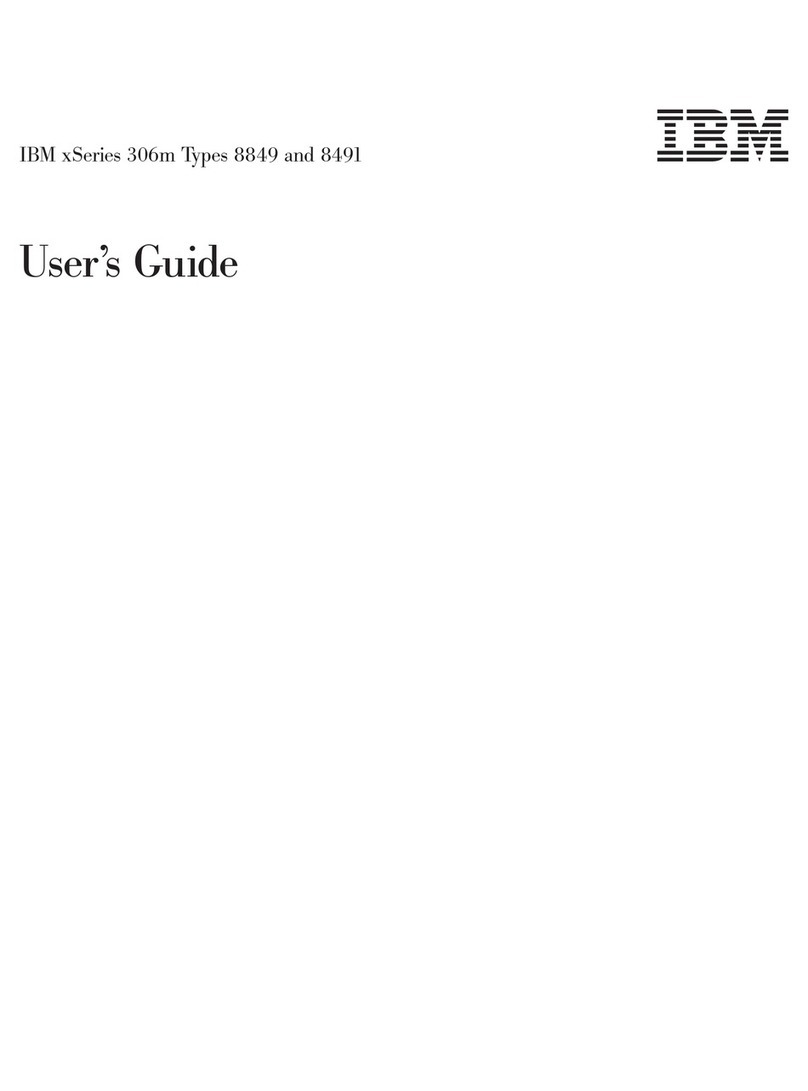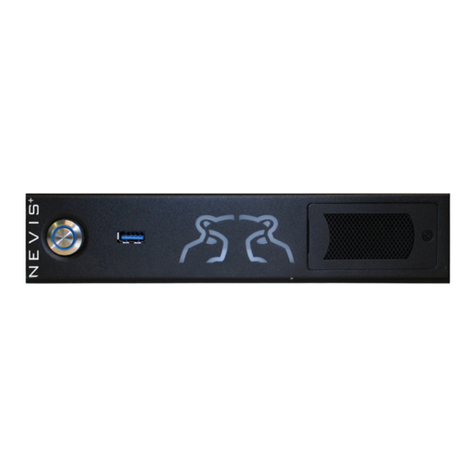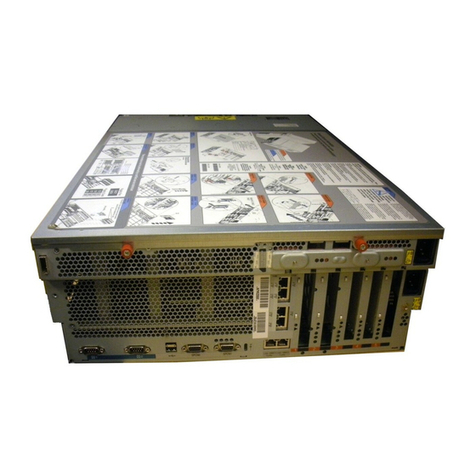
Turning on the system
After making sure that you have properly set up the system, applied power and connected
all the necessary peripherals, you can now power on the system. Follow the procedure
below.
Press the power button 。
The system starts up and displays a welcome message on the monitor. After that, a series
of power-on self-test (POST) messages appears. The POST messages indicate if the
system is running well or not.
Note: If the system does not turn on or boot after
pressing the power button, go to the next section
for the possible causes of the boot failure
Aside from the POST messages, you can determine if the system is in good condition by
checking if the following occurred.
The power status indicator on the front panel lights up blue.
The Num Lock, Caps Lock and Scroll Lock indicators on the keyboard light up.
Power-on problems
If the system fails to boot after you have applied power, check the following factors that
might have caused the boot failure.
The external power cord may be loosely connected.
Check the power cord connection from the power outlet to the power cord socket on
the rear panel. Make sure that the cord is properly connected to the power outlet and to
the power cord socket.
No power comes from the grounded power outlet. Have an electrician check your
power outlet.
Loose or improperly connected internal power cables.
Check the internal cable connections. If you are not confident to perform this step, ask
a qualified technician to assist you.
Warning! Make sure all power cords are
disconnected from the electrical outlet before
performing this task.

